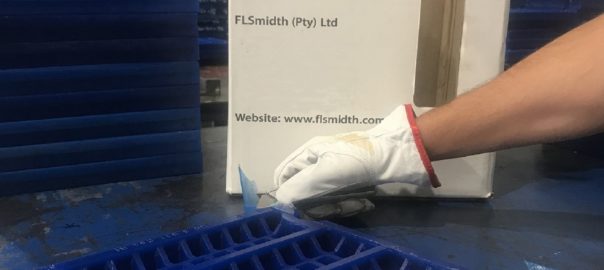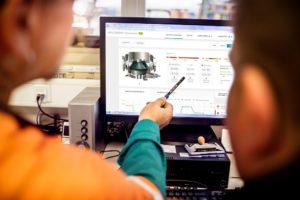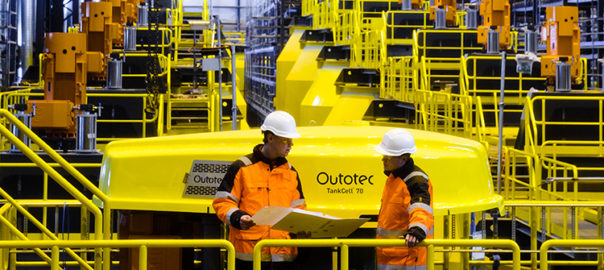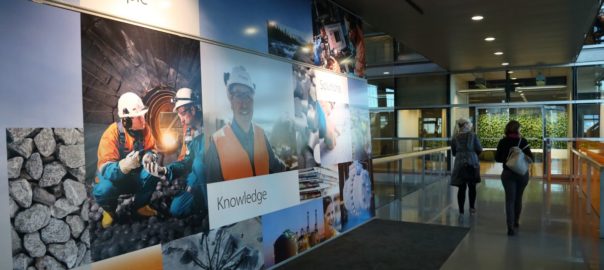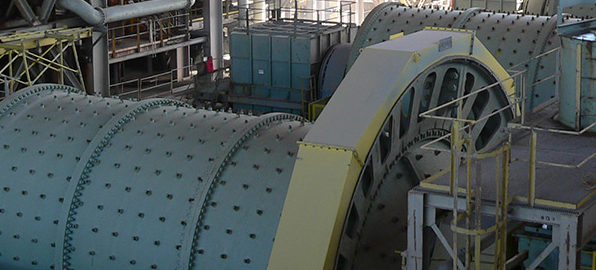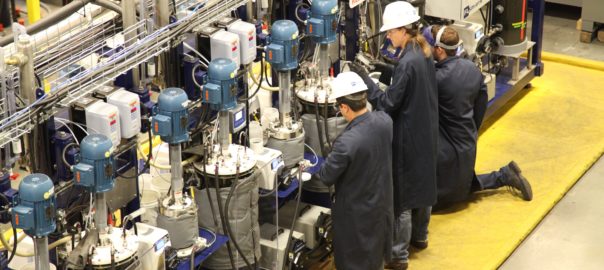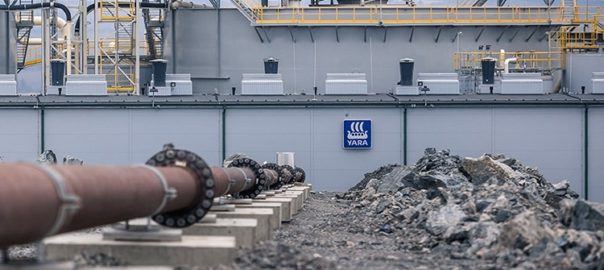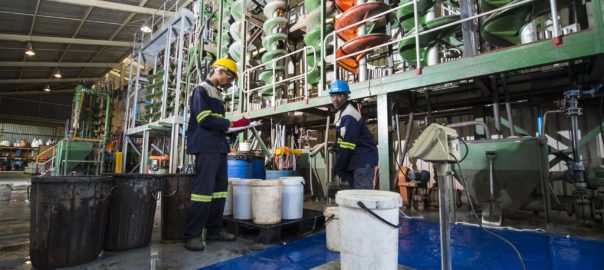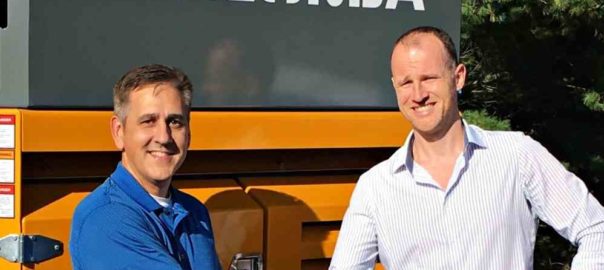FLSmidth South Africa has relocated the manufacturing of its core screen media products to the Delmas Supercenter facility, providing, it says, a cost-effective base from which to grow its sub-Saharan markets.
The move follows the 2017 decision by FLSmidth to proceed with a significant investment at the 120,000 m² premises in Delmas, Mpumalanga, South Africa.
Stephan Kruger, FLSmidth Director for Manufacturing and Warehousing in the region, said: “The targeted efficiency improvements for the production lines at the facility will allow us to better serve our extensive installed base of FLSmidth equipment in the sub-Saharan Africa and Middle East region.”
In line with this strategy, FLSmidth has opted to focus on the in-house manufacture of three core product lines – polyurethane, wedge wire, and ceramic wear solutions.
FLSmidth, last year, concluded the sale of its non-core screen media product lines, including woven wire screens, perforated plate and wire conveyor belts, to Crusher Support Services. During this process, FLSmidth secured a preferential supply agreement to support local industry customers with the continued supply of these products.
Kruger said: “We have invested in state-of-the-art equipment, including full computer numerical control (CNC) machining capability. The new facilities include 5-axis and 6-axis machining centres, introducing a high level of technology to support the product lines in our business while optimising production costs.”
The investment in production capacity will allow FLSmidth to manufacture a broader range of components for its spare parts portfolio in-house, and to do this more cost effectively, it said.
Design and construction activities began in 2018 and the infrastructure development is nearing completion. A formal launch is planned for April, when the facility will be fully functional and production will have commenced, according to the company.
This Supercenter is strategically positioned close to customers and has the capabilities for warehousing, production of FLSmidth equipment and spare parts, refurbishments, rebuilds and retrofits, the company said. Current manufacturing activities produce over 150 strategically selected parts for the FLSmidth product range, Kruger said.
The wedge wire screens to be produced at the facility are commonly used in carbon recovery in carbon-in-pulp and carbon-in-leach plants in the gold sector. They are also used for dewatering and magnetite recovery in the coal sector and in other applications such as water filtration and sugar production, according to the company.
The polyurethane products include screen panels and larger spares such as rotors and stators used in the flotation process. Ceramic wear solutions to be produced and distributed from the Delmas facility include the WEAR MAX™ ceramic wear compound and FerroCer® impact wear panels, which combine steel and ceramic parts and are commonly used in feed chutes to address impact and abrasion.
The Delmas operation includes a 10,500 m² workshop with 120-t lifting capacity and 11.5 m under crane hook. More than 100 staff members are currently employed at the facility, which hosts offices, warehouse facilities and a training centre that can accommodate up to 65 people for technical training purposes, according to FLSmidth.






